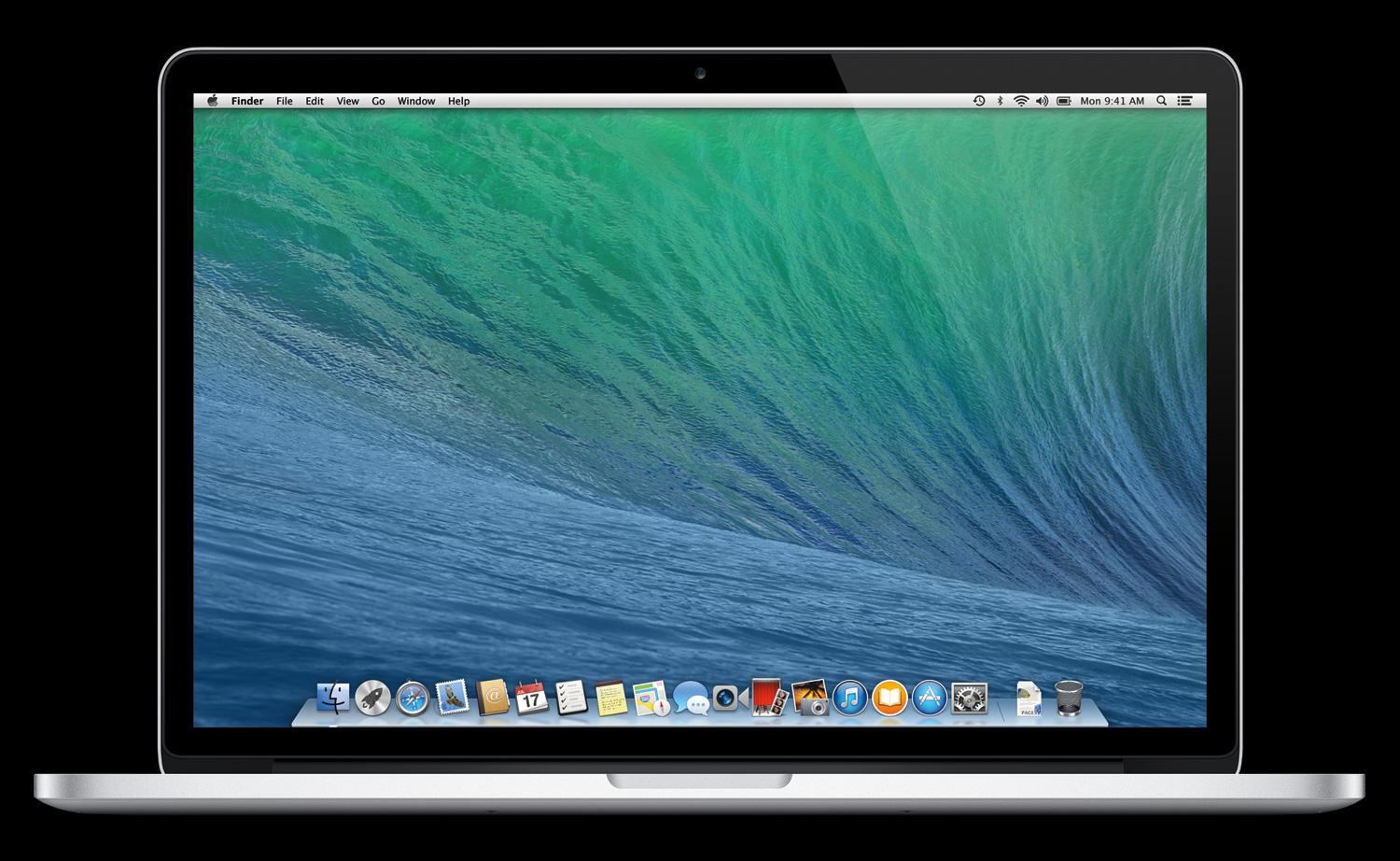How to get updates for macOS Mojave or later

If you've upgraded to macOS Mojave or later, follow these steps to keep it up to date:
- Choose System Preferences from the Apple menu , then click Software Update to check for updates.
- If any updates are available, click the Update Now button to install them. Or click ”More info” to see details about each update and select specific updates to install.
- When Software Update says that your Mac is up to date, the installed version of macOS and all of its apps are also up to date. That includes Safari, iTunes, Books, Messages, Mail, Calendar, Photos, and FaceTime.
To find updates for iMovie, Garageband, Pages, Numbers, Keynote, and other apps that were downloaded separately from the App Store, open the App Store on your Mac, then click the Updates tab.
To automatically install macOS updates in the future, including apps that were downloaded separately from the App Store, select ”Automatically keep my Mac up to date.” Your Mac will notify you when updates require it to restart, so you can always choose to install those later.
How to get updates for earlier macOS versions

Parallels Desktop 9 for Mac is the world's most powerful solution for running Windows and Mac OS X applications on a Mac, side-by-side- without rebooting Run Windows 8, 7 and XP apps like they were made for a Mac while enjoying Mac gestures and features like Dictation in Windows apps. Celtx is a comprehensive software package designed for people who work in the Film, TV, TheCeltxatre, and New Media industries.It combines full-feature scriptwriting with media-rich pre-production support and enables online collaboration.

If you're using an earlier macOS, such as macOS High Sierra, Sierra, El Capitan, or earlier,* follow these steps to keep it up to date:
- Open the App Store app on your Mac.
- Click Updates in the App Store toolbar.
- Use the Update buttons to download and install any updates listed.
- When the App Store shows no more updates, the installed version of macOS and all of its apps are up to date. That includes Safari, iTunes, iBooks, Messages, Mail, Calendar, Photos, and FaceTime. Later versions may be available by upgrading your macOS.
To automatically download updates in the future, choose Apple menu > System Preferences, click App Store, then select ”Download newly available updates in the background.” Your Mac will notify you when updates are ready to install.
* If you're using OS X Lion or Snow Leopard, get OS X updates by choosing Apple menu > Software Update.
How to get updates for iOS
Learn how to update your iPhone, iPad, or iPod touch to the latest version of iOS.
Learn more
- Learn how to upgrade to the latest version of macOS.
- Find out which macOS your Mac is using.
- You can redownload apps that you previously downloaded from the App Store.
- Your Mac doesn't automatically download large updates when it's using a Personal Hotspot.
Key Features and Capabilities
The fastest way to design and deliver containerized applications and microservices on the desktop and cloud.
Simple Setup for Docker and Kubernetes
No need to fiddle with VMs or add a bunch of extra components; simply install from a single package and have your first containers running in minutes. You get certified Kubernetes and Docker, for developers of all levels of container expertise.
Parallels Desktop 9 For Mac Key

Certified Kubernetes
Setup a fully functional Kubernetes environment on your desktop with a single click and start developing and testing modern applications in minutes.
Application Templates and App Designer
Parallel Desktop 9 For Mac Activation Key
Customize and share multi-service applications and service templates that are tailored to your organization. Pre-defined and customizable application templates adhere to corporate standards and automate configuration, eliminating error-prone manual setup. Intuitive Application Designer facilitates the packaging, installing, and managing of multi-service applications as a shareable package.
